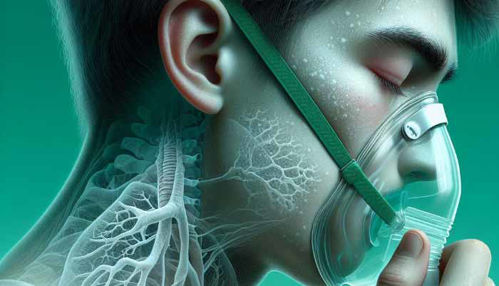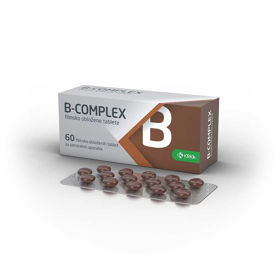A tremor is an involuntary, rhythmic shaking that occurs when muscles contract and relax in succession. Everyone has some physiological tremor, but it is too subtle to be noticeable in most people.
TREMOR: General | Diagnosis and Treatment | Questions and Answers | Sources/references
Tremors are classified according to how fast and rhythmic the shaking is, where and how often it occurs, and how severe it is. Action tremors occur when muscles are active; resting tremors occur when the muscles are at rest. Resting tremors can cause the upper or lower limb to shake even when the person is completely relaxed. These tremors can be a sign of Parkinson's disease.
Intentional tremors occur when a person tries to make a targeted movement. Essential tremors usually begin in early adulthood, gradually become more pronounced, and have no known cause. Senile tremors are essential tremors that begin in older people. Essential tremors that run in families are sometimes called familial tremors.
Image: A doctor can usually distinguish essential tremors from others.
.jpg)
Intentional tremors can occur in people with cerebellum disease or its connections with other parts of the nervous system. Multiple sclerosis is a common cause of this type of tremor. Other neurological diseases, stroke, or chronic alcoholism can also damage the cerebellum, causing intentional tremors.
Video content: Exercise to improve hand tremors.

These tremors may be present at rest and may become more robust with activity, e.g., when trying to maintain a posture or bringing the hand closer to a stationary target. Intention tremors are slower than essential tremors. Although essential tremors usually remain mild and do not indicate a severe illness, they can become bothersome.
Essential tremors generally disappear when the affected limb is at rest, occur when the patient stretches the limb, and worsen when the limb is held in an uncomfortable position. Tremors are relatively fast, and movement is insignificant. Essential tremors can affect one side of the body more than the other but usually involve both sides. Sometimes, the head shakes and shakes. If the vocal cords are affected, the voice shakes.
Diagnosis and treatment
A doctor can usually distinguish essential tremors from others. Sometimes, laboratory tests show that a treatable condition, such as an overactive thyroid gland, causes the tremor. Treatment is usually not necessary. Avoiding uncomfortable positions, gripping objects firmly, and holding objects close to the body can help.
Medicines can help people who have trouble using cutlery or who do work that requires steady hands. Doctors often prescribe beta-blockers, e.g., propranolol; if that doesn't help, they often try primidone.
Brain surgeries are performed by ourselves in severe tremors that do not respond to medication and cause a person to become disabled. Acupuncture is an alternative therapy that effectively reduces tremors in some people.
Image: Doctors most often prescribe beta blockers.
.jpg)
Avoiding triggers such as caffeine or stress can help reduce tremors. It is also essential to maintain a balanced diet and avoid alcohol, which can worsen tremor symptoms. Talking to a therapist or psychologist can help manage the stress and emotional problems that tremors can cause.
Questions and answers
Who most often gets tremors?
Tremor is most common in middle-aged and older adults, although it can occur at any age. In general, tremor occurs equally in men and women. Tremors are usually caused by a problem in the parts of the brain that control movement[1].
Is tremor curable?
Although there is no cure for most forms of tremor, treatments are available to help manage symptoms. Sometimes, they can be symptoms mild enough not to require treatment. Treating any underlying medical condition can sometimes cure or reduce tremors[1].
Is tremor a genetic disorder?
The inherited version of essential tremor, familial tremor, is an autosomal dominant disorder. Only one parent must have a changed gene to transmit the disease. Anyone with a parent with an altered essential tremor gene has a 50% chance of developing the condition[2].
Can children also get tremors?
Tremor is a rare occurrence in children and accounts for 10-20% of pediatric movement disorders. Although a wide range of diagnoses should be considered, essential, physiological, and posttraumatic tremors are the most common types of tremors seen in children[3].
How many types of tremors do we know?
Common types include resting tremor, postural tremor, kinetic tremor, task-specific tremor, and intention tremor. A resting tremor occurs when a body part is entirely still against gravity. Tremor amplitude decreases with voluntary activity[4].
Sources and references
Extensive health manual for home use, Youth Book Publishing House
- Tremor - https://www.ninds.nih.gov
- Essential tremor - https://www.mayoclinic.org
- Two children with tremor - https://www.ncbi.nlm.nih.gov
- Tremors - https://www.clevelandclinicmeded.com












 Facebook
Facebook
 Instagram
Instagram
 info@moja-lekarna.com
info@moja-lekarna.com

